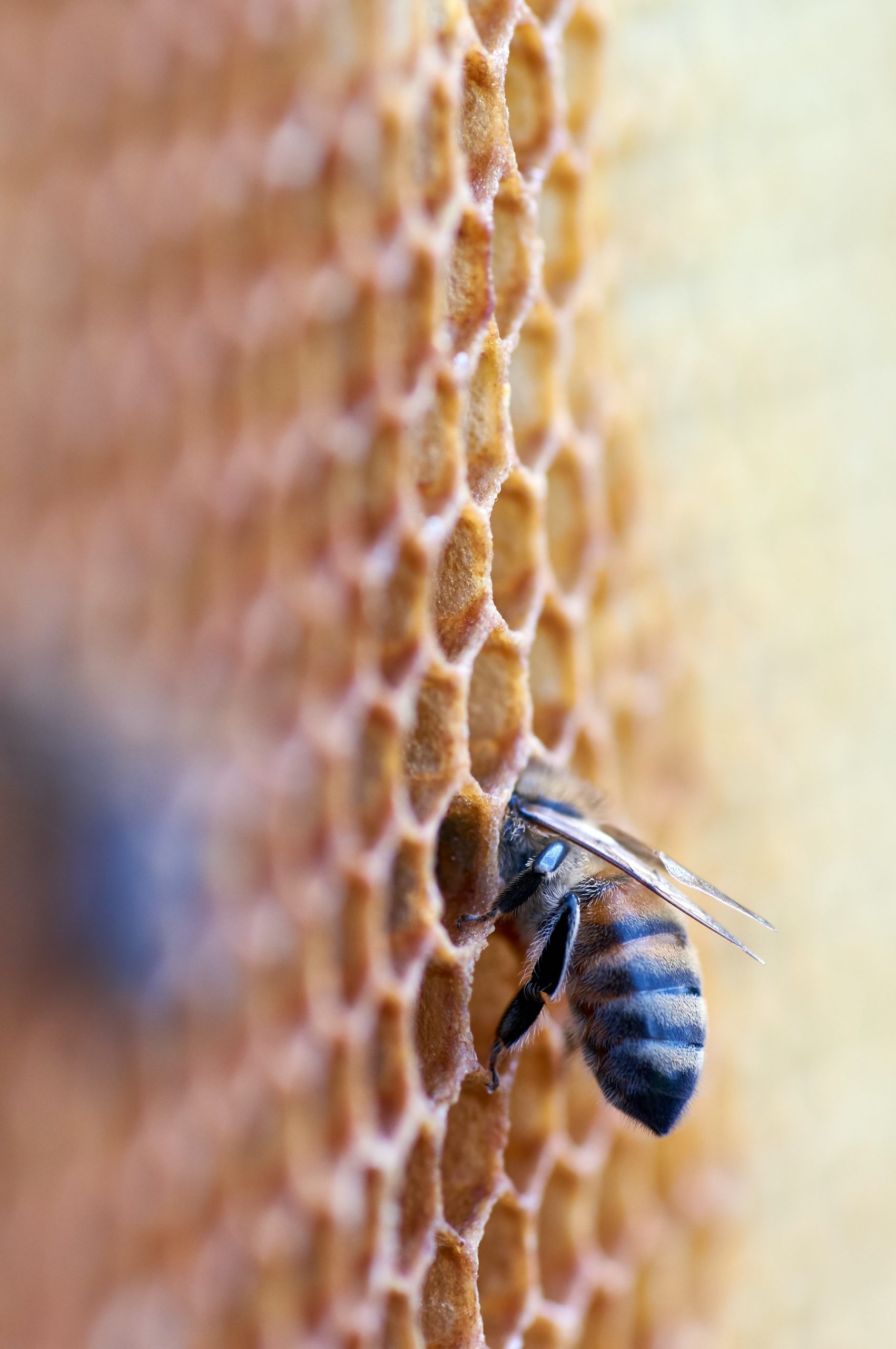
is a type of honey that has not undergone the extensive processing and filtering that regular honey typically undergoes. It is essentially honey straight from the hive, with minimal processing to remove visible impurities such as beeswax and bee parts.
Here are some key characteristics of raw honey:
Unprocessed: Raw honey is not heated or filtered as much as commercial honey. This helps to preserve the natural enzymes, vitamins, minerals, and antioxidants present in honey.
Cloudy Appearance: Raw honey often has a cloudy or opaque appearance because it contains particles and fine pieces of wax, propolis, and pollen. This is a sign that it has not been heavily processed.
Varietal Flavors: The flavor of raw honey can vary depending on the flowers from which the bees collected nectar. Different types of honey, such as clover, wildflower, or manuka, have distinct flavors and aromas.
Crystallization: Raw honey tends to crystallize over time. This is a natural process where the sugars in honey form crystals. While some people prefer honey in its liquid form, crystallization does not affect the taste or quality of the honey, and it can be easily liquefied by gently warming it.
Health Benefits: Raw honey is believed by some to have potential health benefits due to its higher concentration of antioxidants, enzymes, and other beneficial compounds. However, scientific research on these benefits is ongoing, and individual responses to honey can vary.
It’s important to note that while raw honey has potential health benefits, it should not be given to infants under the age of one year due to the risk of infant botulism.
Additionally, people with allergies should be cautious when trying different types of honey, as it may contain traces of pollen that could trigger allergic reactions.
When purchasing raw honey, it’s advisable to buy it from reputable sources to ensure its authenticity and quality.

